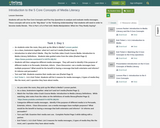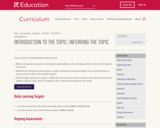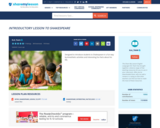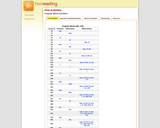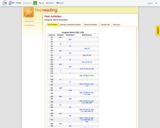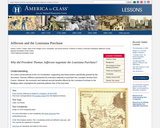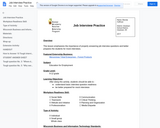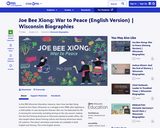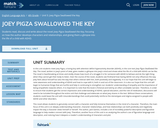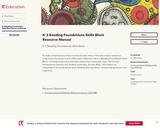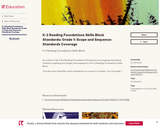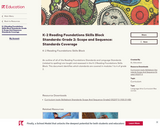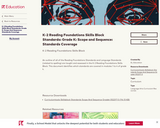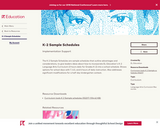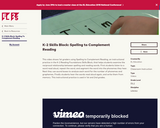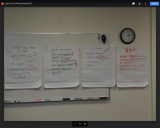Many of the most frequently occurring words in English are irregular, meaning that students cannot completely decode them by using the letter-sound correspondences they have learned.
The objective of the Irregular Word sequence of activities is to teach students to read 30 high-frequency irregular words.
The 30 very common irregular words taught in this strand are:
was, of, the, to, you
I, is, said, that, he
his, she, her, for, are
as, they, we, were, be
this, have, or, one, by
what, with, then, do, there.
There are, of course, many more irregular words that students will need to recognize. In addition to the 30 taught here, another 120 are taught in the Irregular Word II sequence.
This strand of instruction was constructed on the following principles:
We introduce a new word every three lessons at first and then, later, increase the pace to one new word every other day.
Each word introduced is reintroduced in the very next lesson to provide adequate daily practice.
We use fluency-building activities to help students use the skill automatically, to become so fast they don't have to think about it.
When introducing an irregular word (but not when building fluency), we ask students to sound out and say the word correctly. There are multiple reasons to ask students to sound out irregular words:
When students encounter an irregular word in connected text, they may initially attempt to sound it out. These exercises prepare them to read the word correctly.
We want to show students that, though some word parts may be irregular, other parts are often regular, so that students can decode those parts, giving them a clue to the full word.
If we sound out some words and not others, students may learn that sounding out should only be used intermittently. They may decide not to use it even when they should.
Even for irregular words, the process of connecting symbols to sounds helps students learn the word: "The knowledge of letter-sound relations provides the powerful mnemonic system that bonds the written forms of specific words to their pronunciation in memory." (Ehri, 1995)
